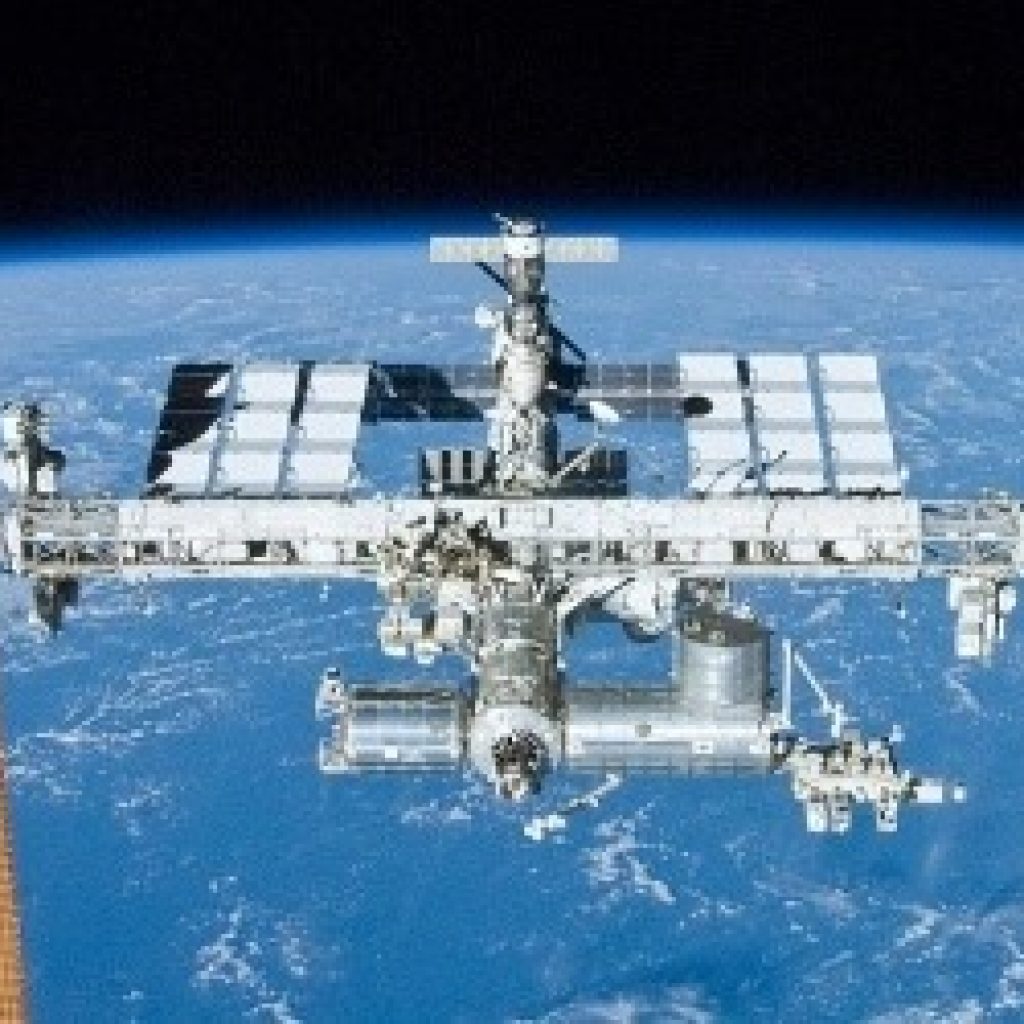(LaserFocusWorld) Qualifying a versatile ultracold atom experiment for the International Space Station requires many steps, with integrated laser systems playing a key role.
Quantum technology is currently one of the hottest topics in science, with atomic sensors taking a significant role in advancing developments. Atoms are a core component in quantum sensors and devices such as frequency references, ultrahigh-precision atomic clocks, magnetometers, and atom interferometers for inertial sensing and gravity measurements.
Atom interferometers are of particular interest to physicists for exploring fundamental physics such as measuring the universality of free fall (performing a quantum version of Galileo’s leaning tower of Pisa experiment). Atom, or matter-wave, interferometers are the atomic analogue of the more familiar light-based interferometers. Wave-particle duality is exploited such that the wave nature of atoms can be controlled and directed by light pulses.
Taking a cold atom experiment out of the lab and into microgravity requires significant developments to ensure components such as lasers, optics, and electronics are as small as possible and are able to withstand the environmental challenges of a launch. The progress in this process is measured as Technology Readiness Level (TRL).
In May 2018, the Cold Atom Lab (CAL) was launched to the ISS by a team at the Jet Propulsion Lab (Pasadena, CA). CAL’s goals include the study of quantum matter in microgravity, particularly involving BECs and ultracold atoms in novel geometries not possible on Earth due to the effects of gravity. Early success paves the way for more complex experiments and investigations. CAL was further upgraded in January 2020 to add capabilities for atom interferometry.
The next generation of ultracold atom apparatus is already in preparation. In the Bose-Einstein Condensate and Cold Atom Laboratory (BECCAL), German and American scientists will join forces via a cooperation between NASA and DLR, the German Aerospace Center. Just as CAL currently does, BECCAL will lead to a multi-user and multipurpose ultracold apparatus onboard the ISS. Scientists from many research institutes and universities across Germany are working together to design and build the new apparatus before it is launched by NASA to the ISS.
BECCAL is expected to launch in the coming years. The facility will exploit the experiences of previous German and American missions to enable the exploration of a multitude of new experimental directions. Compared to previous experiments, it is designed to offer higher atom numbers, increased cycle rates, more complex trapping strategies, and improved atom-interferometry capabilities. Via 87Rb and 41K BEC production, quantum degenerate gases of 40K, and mixtures of potassium and rubidium isotopes, users will be able to study complex quantum gas phenomena, test fundamental physics, and prototype sophisticated interferometry and quantum information procedures.
Experiments on the ISS are already designed for remote operation, but there is always someone there to replace a burnt fuse, if we may use a simplified picture. The next development step would require fully remote operation; for example, on a satellite at a geostationary orbit some 36,000 km above ground.
The integration of complex technology including monochromatic laser systems has enabled the step-wise qualification of cold-atom experiments for space flights. The integration will further progress, leading to fist-sized units for space; this technology will likely be used in Earthbound applications in the near future.
Laser Systems Enable Quantum Technology in Space
